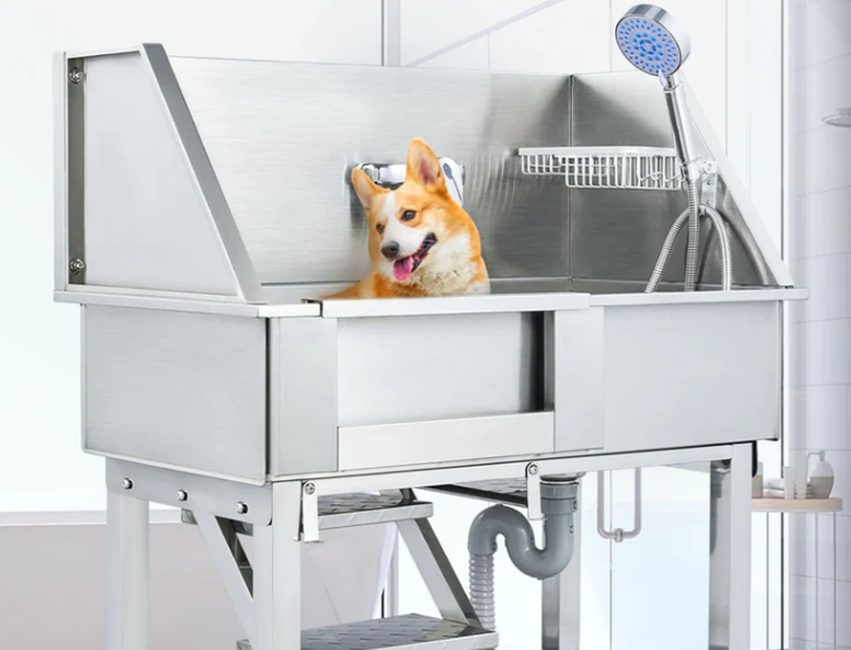As a pet owner, creating a safe and beautiful environment for your furry friends is essential. While flowers can brighten any room, it’s important to ensure that the plants you choose are safe for your pets. Some flowers may be toxic to animals, causing harm or discomfort if ingested. However, there are plenty of pet-friendly flowers that can be used to decorate your home, whether it’s with small vases or big bouquets of flowers, without worrying about your pet’s safety. In this article, we’ll explore how to incorporate beautiful, safe flowers into your home and ensure a harmonious and safe environment for your pets.
Pet-Safe Flowers You Can Use
Many flowers are safe for pets and can be used to add color and charm to your home. Here are some popular pet-friendly flowers to consider:
- Sunflowers: These cheerful flowers are not only vibrant but also completely safe for both cats and dogs. They can be added to any room to bring a sense of warmth and joy.
- Marigolds: Known for their bright yellow and orange hues, marigolds are safe for pets. They’re perfect for garden spaces and can also be brought indoors to add a splash of color.
- Roses: While the thorns can be a concern, the petals of roses are safe for pets. These timeless flowers add elegance to any home décor, and with proper care, they can be a stunning addition to your living room or dining table.
- Snapdragons: These tall, colorful flowers are not only safe for pets but also easy to grow. Their unique shape makes them an attractive choice for any room.
- Asters: These pretty, star-shaped flowers are completely non-toxic to pets. They come in a variety of colors, making them perfect for creating floral arrangements.
- Zinnias: Zinnias are another safe and vibrant flower that can brighten up your home. Their variety of colors and low maintenance make them a popular choice for indoor plantings.
How to Incorporate Pet-Friendly Flowers into Your Home
Adding pet-safe flowers to your home doesn’t have to be complicated. Start by selecting a few plants or bouquets that suit your home’s style and your pet’s needs. Here are a few tips to help you incorporate flowers while ensuring your pets stay safe:
- Choose the Right Location: Keep flowers out of reach of pets who may be tempted to nibble on them. Consider placing flowers in areas that are high up or on tables where pets cannot access them.
- Opt for Fresh Flowers: Fresh flowers often smell better and last longer. If your pet has a habit of chewing on plants, try choosing flowers that are harder for them to reach or keeping the vase in a room that your pet doesn’t frequent.
- Create Floral Arrangements: Incorporate pet-friendly flowers into arrangements that are visually appealing and safe for your home. Combining flowers like sunflowers and marigolds can create a stunning centerpiece while keeping your pet safe.
Flowers to Avoid
While many flowers are safe for pets, there are several that should be avoided due to their toxicity. These include lilies, tulips, azaleas, and daffodils, all of which can cause serious harm if ingested. Always double-check a flower’s safety before bringing it into your home, especially if you have curious pets who may explore new additions.
Conclusion
Decorating your home with beautiful, pet-friendly flowers can be a fulfilling and safe way to enhance your living space. By carefully selecting flowers that are safe for your pets and placing them strategically, you can create a vibrant environment that benefits both your home and your furry companions. Whether you’re arranging flowers or adding small, colorful pots around your home, always prioritize your pets’ safety by choosing the right plants. With a little knowledge and care, you can enjoy the beauty of flowers without compromising the health of your pets.


 Founder & Pet Wellness Advocate
As the visionary founder of Pet Paw Shack, Kimberliene Sabinin is passionate about helping pet owners provide the best care possible for their furry companions. With a background in veterinary science and animal nutrition, Kimberliene brings years of experience in promoting pet health, safety, and well-being. Her mission is to empower pet owners with practical knowledge about proper nutrition, behavior training, and overall pet wellness.
Founder & Pet Wellness Advocate
As the visionary founder of Pet Paw Shack, Kimberliene Sabinin is passionate about helping pet owners provide the best care possible for their furry companions. With a background in veterinary science and animal nutrition, Kimberliene brings years of experience in promoting pet health, safety, and well-being. Her mission is to empower pet owners with practical knowledge about proper nutrition, behavior training, and overall pet wellness.
